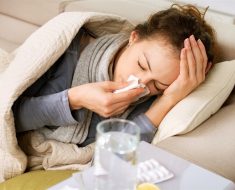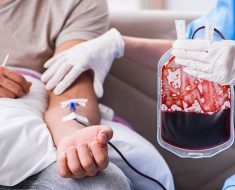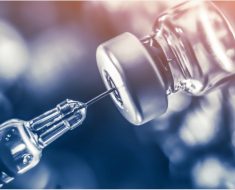
Due to the COVID-19 pandemic, people have been extra meticulous about how they clean their hands, homes, cars — everything, but do you understand the difference between wiping down that toilet seat and actually disinfecting it? We hate to tell you, but they are not one in the same.
According to the CDC, cleaning is merely getting rid of surface stains and dirt — it does not entirely rid the surface of organisms not visible to the naked eye. Healthline reports that disinfecting is a type of decontamination that wipes out germs from surfaces and objects, so when you’re trying to keep viruses away from your belongings, disinfection is your best bet to remove harmful microorganisms.
However, when it comes to using assorted products to disinfect your environment, there’s more to the process then simply spraying or wiping. Keep reading to make sure you know how to get the job done right.
Viruses and germs do not instantly disappear

The common misconception about disinfectants is that they get rid of bacteria and viruses in one swipe. Poof! Zap! Pow! All done! Unfortunately, that’s not the case. It takes time for a disinfectant to kill disease-causing pathogens.
“To pass the disinfectant test, the protocol actually allows up to 10 minutes of dwell/contact time,” cleaning expert Steve Hengsperger told Real Simple. Always check the label on your products to ensure you’re using them properly and getting the most bang for your buck. The devil is in the details. “On bacteria, sanitizing requires a 99.999% (note five nines) reduction, whereas disinfecting requires a bigger (99.9999%; note six nines) reduction,” Hengsperger said.
The World Health Organization (WHO) recommends using sodium hypochlorite (bleach/chlorine) for non-hospital locations, such as homes, shops, and restaurants. The agency advises using “one part of 5% strength household bleach to 49 parts of water.” It is also possible to use higher percentages of alcohol for disinfecting. Even plant-based products can be highly effective. “As long as the product is registered with the EPA as a disinfectant, it works,” certified green professional Marla Cloos told Real Simple. “Many common alcohol-based products are made with isopropyl alcohol (from petroleum), but ethyl alcohol (alcohol made from plants) is a great plant-based alternative approved by the EPA.”
Bottom line: Investing a little extra time can ensure you’re not wasting your time when cleaning and disinfecting your environment.
Source: Read Full Article





